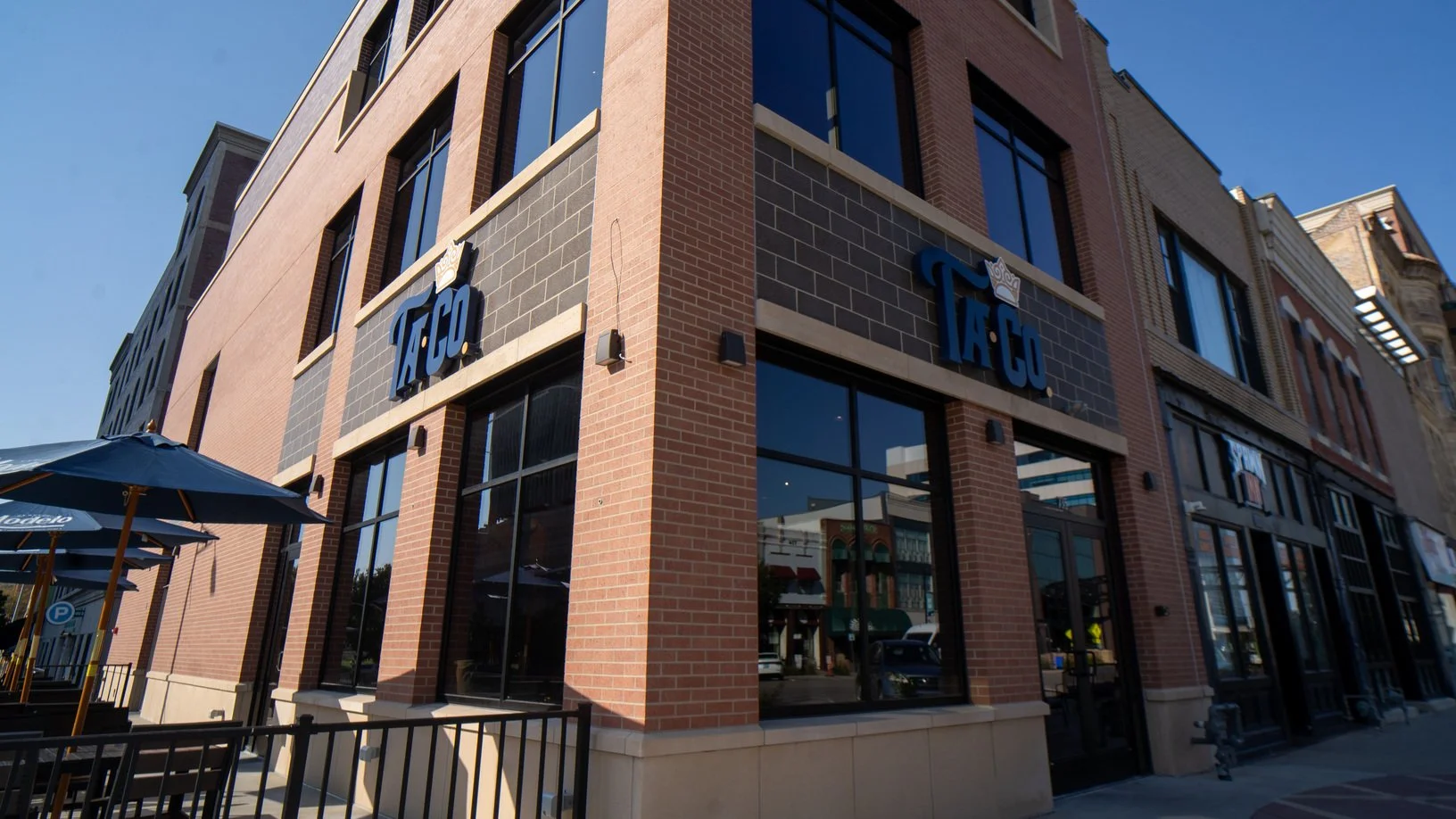Auburn-Washburn School District | More Space to Learn
By INDIA YARBOROUGH, SAMANTHA MARSHALL and LAUREN JURGENSEN | Photos by BRIAN PETERS
If there’s one word that sums up the Auburn-Washburn School District’s capital improvement project, it’s “more”: more childcare, more space and more innovation.
By the time the dust clears in 2026, the district will have more resources and offerings to better serve all of its learners, whether they’re toddling into a classroom for the first time or preparing to stride across the stage.
“On graduation night in any given year, we’ll have about 450 graduates,” said Dr. Scott McWilliams, superintendent of Auburn-Washburn Schools. “We want each of them to be happy, confident and have quality choices to pursue.”
THE LISTENING TOUR
In fall 2019, Scott scheduled more than 30 meetings prior to the development of the district’s 2021–2026 strategic plan. Students, PTO committees, the Kansas State Department of Education, the Kansas Board of Regents, Washburn University, Washburn Tech and the Topeka Chamber of Commerce all made the calendar as Scott sought to listen to feedback on how the district, which serves about 6,000 students, could improve.
“All of those folks make up our school community,” Scott said. “The more feedback you collect from different stakeholder groups, the richer the end result will become.”
Based on the feedback Scott and his staff collected, Auburn-Washburn Unified School District passed a $145 million bond election to fund a series of capital improvement projects in three areas: enhanced career and technical education (CTE) opportunities, the reconfiguration of K-12 based on an assessment of school capacity and the expansion of early childhood education.As pieces of the project come to fruition, the promise of what the students will do inside the new spaces shines even brighter.
GETTING A HEAD START
In mid-October, Washburn Rural High School students walked into the brand-new, 50,000-square-foot Career and Technical Education Center for the first time.
“Moms and dads made it clear that more technical education would be good for many students, and we agreed,” Scott said. “We now have a state-of-the-art space where students can truly learn real world skills and applications.”
Students can now master skills in the center’s video production studio, agricultural lab and greenhouse, biosciences center, robotics classroom and engineering maker space. By completing one of the center’s programs, they can also earn a professional certificate.
The district selected its new programs by considering feedback from their stakeholders, including local businesses in need of more employees.
“We’re hoping to make connections with businesses in town so our high school kids, once they graduate, will want to stay and take many of these really good jobs right here in Topeka,” Scott said.
WELCOME, RAVENS
One of the biggest issues the school district faced was a lack of space.
“Each of our schools felt tight and were almost busting at the seams,” Scott said. “Teachers were not able to do problem-solving or team-building activities because there simply was not space.”
Washburn Rural Middle School currently has more than 1,000 students, making it the largest middle school in the state. Recognizing the need to reconfigure school capacity, the district planned the addition of a second middle school. Once construction is complete, each middle school will accommodate approximately 650 students.
Another big change underway is the transitioning of sixth graders into middle schools, which will ease capacity across the entire school system.
“Our elementary teachers feel that sixth grade is a little old to be in the elementary setting,” Scott said. “We think there’s a maturity level and some academic learning opportunities that are better had at the middle level.”
The new school, officially named Washburn Rural North Middle School, will open at the start of the 2025–2026 academic year. The school committee and board of education were involved in brainstorming everything from the school’s name to its mascot (a raven) and colors (light blue and black).
“We tried to be as open and collaborative as possible when including the community, parents, staff and students,” said Jessica Roberts, director of communications. “The feedback showed a desire to maintain connectivity to the high school and Washburn Rural Middle School.”
EARLY EDUCATION FOR ALL
Even the district’s youngest learners had felt the need for expansion. Auburn-Washburn currently serves more than 200 three-and-four year-olds, but Scott said they’d had to turn away at least half of the kids in the district.
By 2028, all children will have a seat in a classroom. The district also plans to outfit every elementary school with a childcare center.
“We’re going to get all of those kids in, with the goal of making them school ready and having benefited from structured learning opportunities,” Scott said. “That’s phenomenal.”
In addition to the early education centers in the elementary school, Pauline Central Primary School has received its own six-room early childhood center. It is also undergoing building upgrades to address some of the needs of area families, including a food bank and a washer and dryer located in a new Parents as Teachers Community Room.
“We’re addressing needs we know can sometimes get in the way of families being able to spend quality time with their young kids,” Scott said.
FROM CLASSROOMS TO COMMUNITY
Scott believes their investment will benefit the entire city by creating a great school district that attracts new families to the region.“It takes progressive, stellar school districts to be able to attract people to your community,” Scott said. “By having current facilities, state-of-the-art programs and a reputation for taking good care of kids, it helps our business community get the type of employees they want.”









